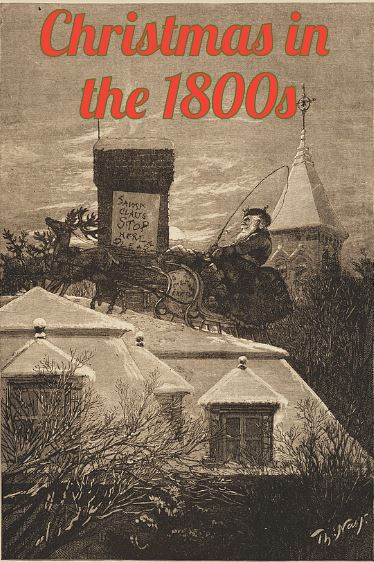
Christmas parades, spectacular light shows, and gingerbread house decorating contests–these festivities have become highlights of the Christmas season for many households. However, in the 1800s, Christmas was quite different. So join me as I explore Christmas in the 19th century throughout this post!

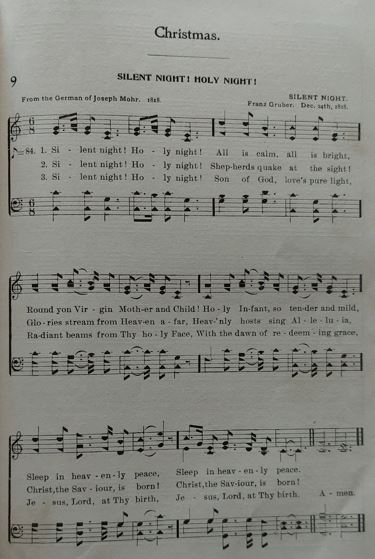
These days, Christmas music starts blaring through radio speakers or is piped through television sets as early as November. While some of these songs may seem modern in origin, think again! The 19th century produced numerous Christmas tunes that are still cherished and played today. Some examples include “Jingle Bells” (once called “One Horse Open Sleigh”), “Silent Night,” “It Came Upon a Midnight Clear,” and “O Holy Night.” And that’s just naming a few! So the next time you’re listening to a Christmas song, consider the deep mark it has made in history, and the fact that it’s been a cherished ballad for well over 100 years.

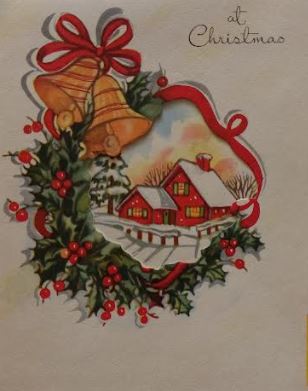
Ever wonder where those beloved Christmas traditions–like decorating a Christmas tree and mailing out Christmas cards–come from? By the 1850s, many Americans adopted a tradition that had largely been German-held…having a Christmas tree! The middle of the 19th century saw such a love of Christmas trees by Americans that even some merchants began peddling the gorgeous Tannenbaum. A few decades later, in the 1870s, Americans began decorating their Christmas trees with ornaments. The first Christmas card made in the U.S. was distributed in the 1850s in New York. Just as tree decorating gained popularity in the 1870s, so did sending Christmas cards. Thus began two Christmas traditions that have long been popular in American households.

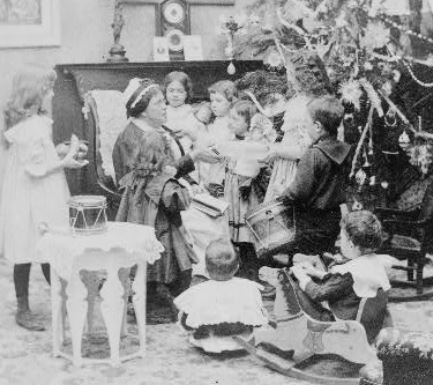
Christmas in the 19th century was a tumultuous time in regards to gift giving. Some people were content to separate the materialism from the true reason for the season. For a time, many individuals preferred hand-made presents over those that were purchased. Even so, store bought gifts could be given, as presents were ultimately seen as a token of love. Additionally, gifts of charity–like donating items or money to those who were less-fortunate–were ways that Americans of the 1800s showed their selflessness during a season that could take a spin toward commercialism. Within my own family history, I’ve heard tales of Christmases past. Some family members born in the 19th century decided to give others practical gifts, like socks, for Christmas. One grandfather, whose wife ran a store, opted to gift the kids candy from a container–however many sweets they could hold was their present (actually, his wife didn’t know that he gifted the kids candy!). Still another set of grandparents born in the 1800s gave their grandchildren fruit (like apples and oranges) for Christmas. Occasionally, they’d sneak in a walnut, and all of the treats were stuffed in a sock. A look through some of my family’s documents shows that, at times, monetary gifts were also doled out to family members at Christmas. Like today, the amount of gifts received and given in the 19th century depended largely on one’s social situation, as well as what traditions they held dear.

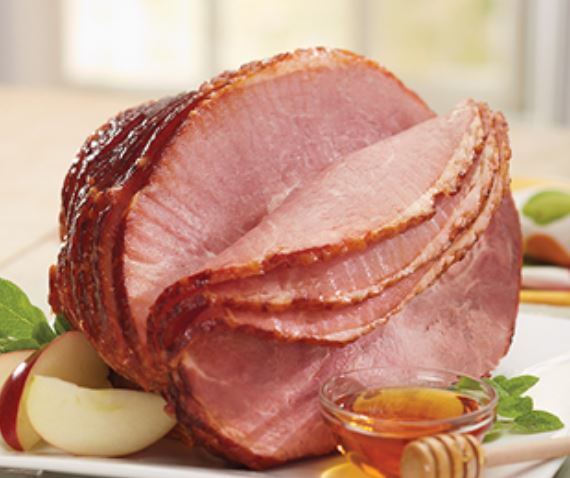
Unlike many present Christmases–where whole dessert tables are laden with decadent treats–the 1800’s dinner table would feature plenty of fruits and vegetables (some of which might have been preserved months before and set aside for the special occasion). Main dishes of Christmases in the 19th century would have been fish, turkey, ducks, or even scalloped oysters. Plus, who could forget treats like sugar plums and even fruit cake for a side dish or dessert? Of course, some foods of the 1800s weren’t so different from modern dishes. A letter in my personal collection and written by Capt. Albert Jenkins Barnard (116th NY Inf.) in 1863 gives mention to available foods, including ham, rice, beans, and dried peaches/apples. To drink, people of the 1800s could enjoy similar beverages to those we have today, like tea, coffee, and even lemonade. Modern Christmas dinners have a balance of historic–and more contemporary–treats!

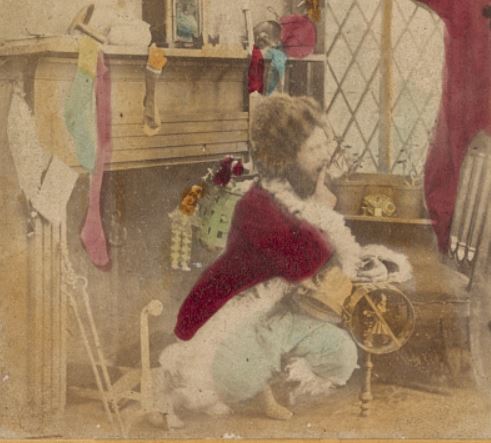
St. Nick, Kris Kringle, Father Christmas–there a slew of names to define Santa Claus. While Santa Claus has been around for hundreds of years, did you know it was a 19th century American who created the image of Santa that’s similar to the St. Nick we all know today? In 1863, Thomas Nast’s illustration appeared in Harper’s Weekly. Nast’s Santa Claus was in a Union Army camp, and he’s giving gifts to Union soldiers (see picture below). What side did the 1860’s Santa Claus support? The Union, if Santa’s jacket adorned with stars and his festive striped pants (a nod to the American flag) are any indication. So there you have it–Nast helped shape the image of Santa as we know it, making Kris Kringle have just one universal look, instead of multiple potential images. (Note that the Santa Claus image above, possibly taken before Nast’s illustration below, looks virtually nothing like a modern-day Santa!)

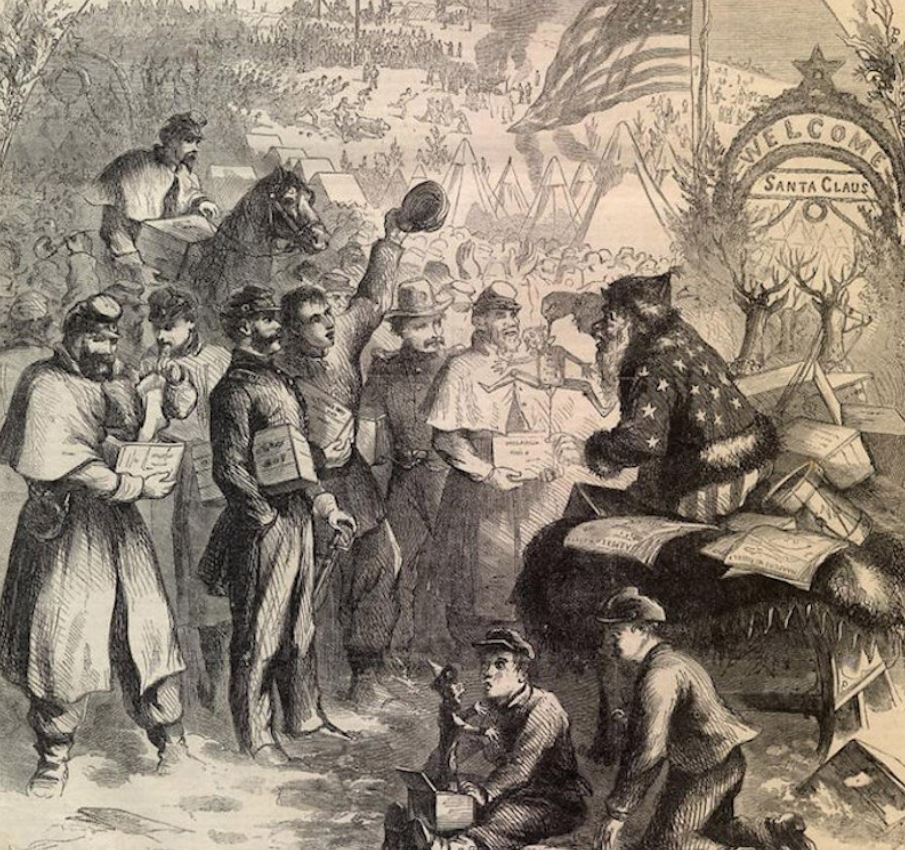
The Civil War (1861-1865) shaped the fate of fledgling America. But did you realize that it also shaped Christmas? For the first time, many soldiers–oftentimes young men in their teens and early twenties–were away from home. While this caused soldiers grief at any time, the longing to be home would have been particularly strong at Christmas, as images of their families gathered around a table laden with food and good company would have “danced through their heads.” Plus, the message of Christmas that proclaimed peace on earth was appealing to those who had felt and seen the war ravage their country and family. What might a Civil War soldier eat on Christmas day? Michael Flannery of the 28th Illinois Infantry wrote, “On Christmas Day we were at Tallahatchie and on half rations. We cooked our Christmas dinner in our tin cups. It consisted of one cup of corn, coffee, and a piece of cracker.” The impact of the Civil War stretched so far that the Christmas tune “I Heard the Bells on Christmas Day” was a by-product of the conflict. Intended to be a poem that was later put to music, Henry Wadsworth Longfellow penned the piece on Christmas Day 1863 after the ordeal he had experienced upon learning his son, a soldier, was wounded. The song captures the sadness Longfellow felt over a nation that was war-torn, as one stanza notes, “And in despair I bowed my head;/ ‘There is no peace on earth,’ I said;/’For hate is strong,/And mocks the song/Of peace on earth, good-will to men!'” Still, Longfellow wrapped up his poem with the realization: “Then pealed the bells more loud and deep:/’God is not dead, nor doth He sleep/The Wrong shall fail,/The Right prevail,/With peace on earth, good-will to men.'”


I hope you’ve enjoyed taking a look at Christmas in the 19th century with me! As you’ve noticed, the 19th century–though full of its own unique traditions–certainly lent plenty of ideas to modern-day Christmases. No matter how you celebrate Christmas (be it with sugar plums and fruit cake or truffles and fudge), I wish you a joyous Christmas season and all the best in the New Year.
Keep the history alive!


Looking to further explore Christmas in the 19th century? Here are some resources that I used while creating this post and that you might find helpful, too!
Sources:
A Civil War Cartoonist Created the Modern Image of Santa Claus as Union Propaganda
A Very Retro Christmas Dinner: What’s Changed Since 1800?
Christmas in 19th Century America
Michael Flannery to his Father
’Tis the season for Christmas carols! Do you know where your favorite got its start?


